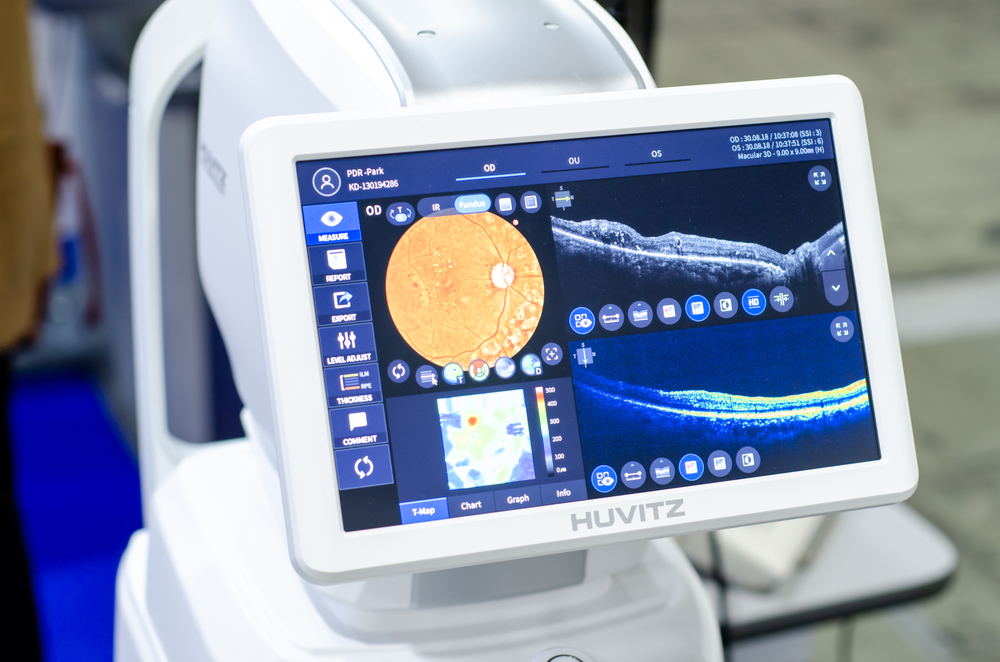Retinopathy of prematurity (ROP), a severe eye condition affecting premature babies, is a major cause of visual impairment and blindness.
Early treatment can mitigate ROP’s worst effects, but a shortage of pediatric ophthalmologists, particularly in low-income and middle-income countries, is a major obstacle.
In a study published in The Lancet, researchers developed a code-free AI model to diagnose ROP from retinal images.
They believe the model will help ophthalmologists diagnose the condition from anywhere worldwide, as it runs on Google Cloud and requires minimal technical expertise to operate.
About retinopathy of prematurity (ROP)
ROP is an abnormal growth of blood vessels in the retina typically observed in infants born before the 31st week of pregnancy or with a body weight of under 3 pounds.
While mild ROP can resolve independently, severe cases can lead to retinal detachment, visual impairment, and blindness.
Several retinal features are used to diagnose ROP, including plus disease, defined as abnormal tortuosity of retinal blood vessels. “The presence of plus disease is considered to be a marker of retinopathy that requires treatment,” explained the researchers in the study. Routine screening by pediatric ophthalmologists can help prevent the progression of ROP.
Previous studies have already demonstrated that AI models can accurately diagnose severe ROP based on the analysis of retina images. However, most of these models require technical expertise and substantial hardware resources, which are scarce in some medical settings.
An accessible code-free AI model solves these challenges, enabling ophthalmologists access to cutting-edge retinal diagnostics from anywhere with an internet connection.
The role of AI
The study compares a code-free AI model built on Google Cloud AutoML Vision Application Programming Interface (API) and a bespoke model built from scratch.
“The code-free AI application was developed using images from newborns from ethnically and socioeconomically diverse backgrounds at a United Kingdom hospital,” the researchers described.
Since it runs on Google Cloud AutoML, the model requires minimal technical expertise and zero hardware except for an internet connection – you simply feed your retinal images into the pre-trained model.
The study found that the code-free Google Cloud AutoML model performed similarly to the bespoke model, with similar accuracy to senior ophthalmologists in detecting plus disease.
One of the authors, Dr. Konstantinos Balaskas, associate professor at University College London, said, “Given it is detectable and treatable, no child should be going blind from retinopathy of prematurity. We hope that our technique to automate diagnostics of retinopathy of prematurity will improve access to care in underserved areas and prevent blindness in thousands of newborns worldwide.”
Dr. Deepak Bhatt, MPH, the director of Mount Sinai Heart in New York, praised the study, saying, “This is a clever study that shows a potentially very useful application of artificial intelligence. The authors showed that their AI program performed as well as senior eye doctors in identifying a leading cause of blindness in children by examining retinal images.”
Bhatt emphasized AI’s potential in healthcare, “Machine learning and AI have moved out of science fiction to possible utility in clinical practice. This study is a nice example of that. More studies like this are needed in diverse populations.”
Code-free cloud-based models are available to anyone with an internet connection.
There are no hardware requirements, and the model is pre-trained, so you only need an input (in this case, retinal images).
The researchers concede that the model was primarily tested using images taken with Retcam, a specific type of retinal camera that tends to be expensive.
However, with work, it could be expanded to other retinal images, helping healthcare providers access state-of-the-art retinal diagnostics from anywhere in the world.





